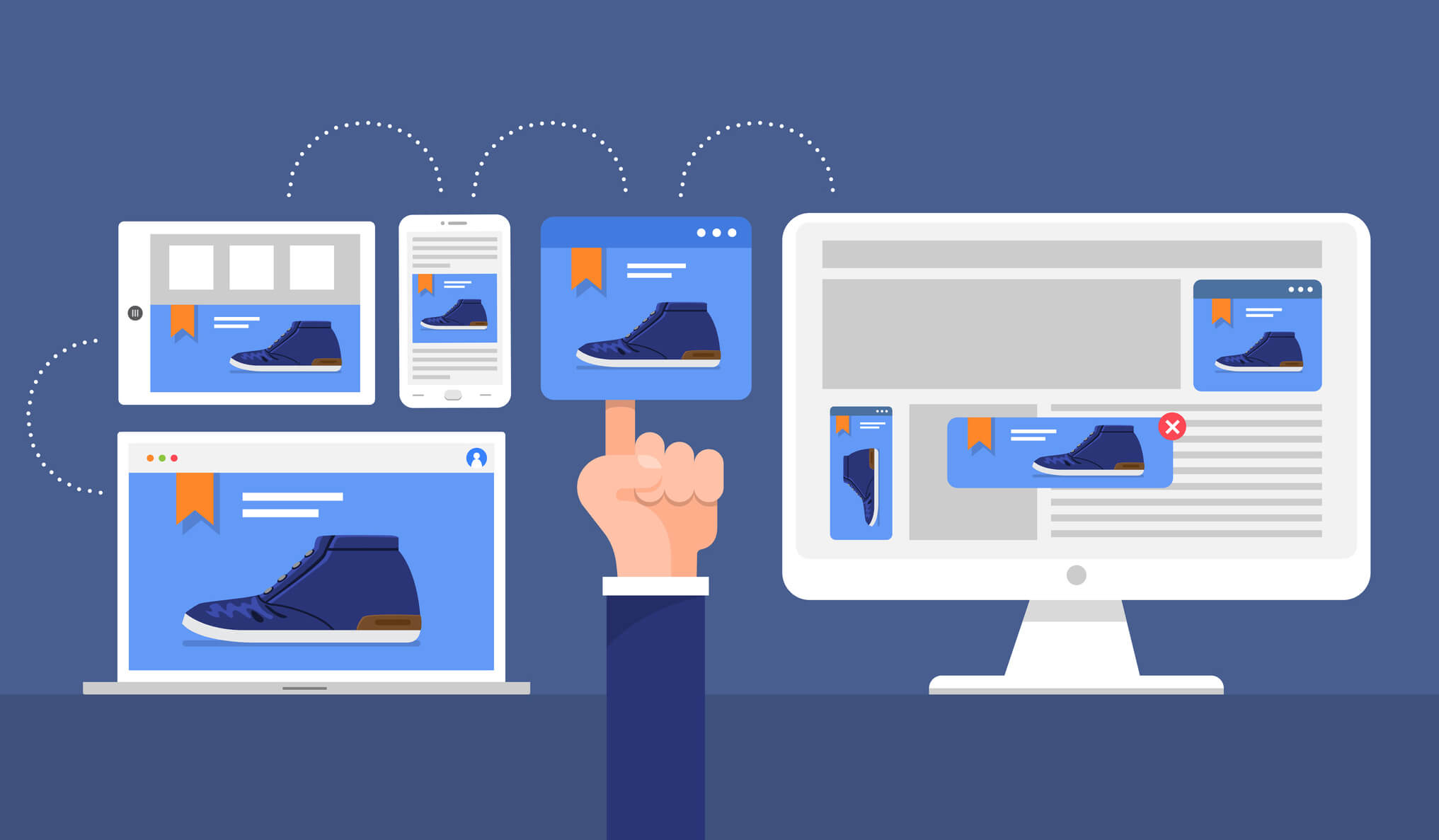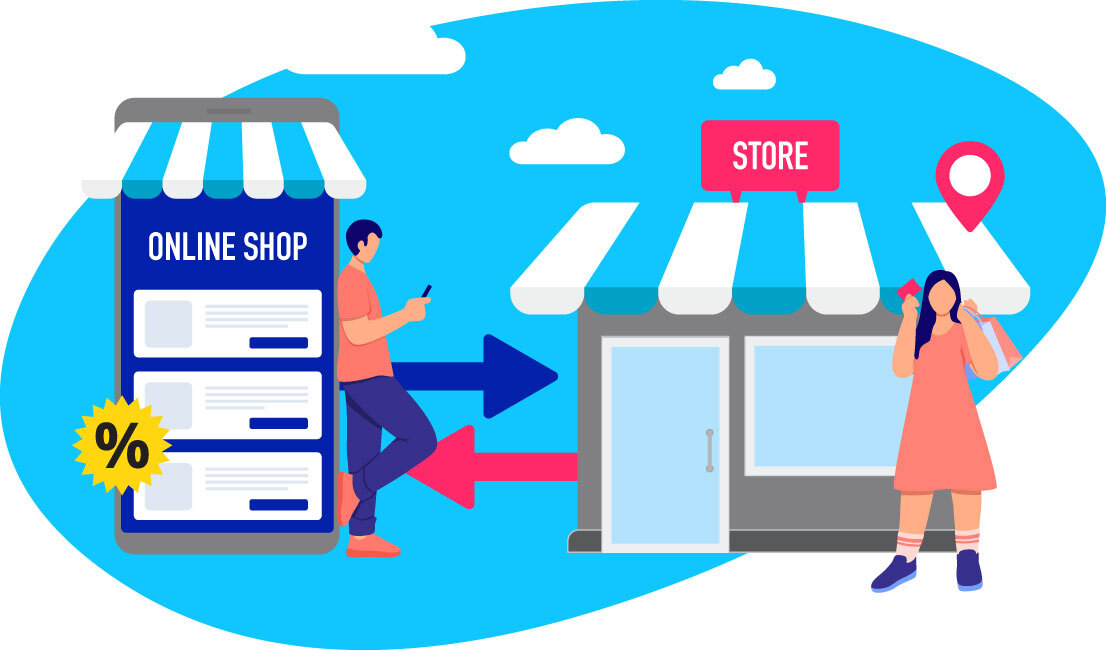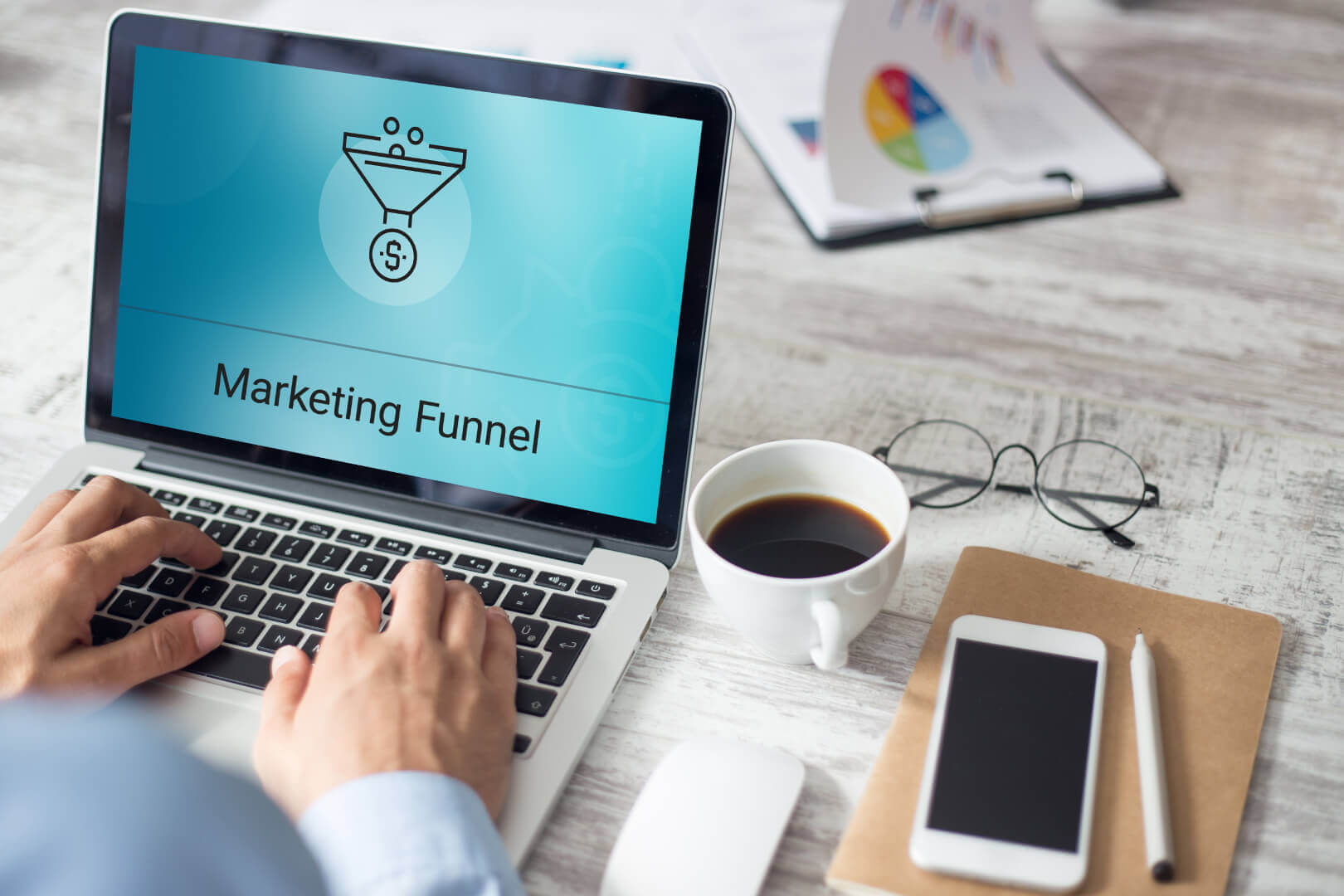4 min read
This is where you can use retargeting (also known as behavioral retargeting) to bring potential customers back a second time around, driving uptake and increasing revenue for your business.
What Is Retargeting?
Retargeting is a way of serving potential customers with adverts once they have expressed an interest in your products or services. Based on their behavior on your site, you would know what products or services they have expressed an interest in, which allows for a much higher degree of personalization within this retargeting marketing.
Retargeting is different to remarketing though. Retargeting involves targeting ads to your website’s visitors once they are on the wider web, while remarketing refers to re-engaging customers mainly through email marketing. Dynamic retargeting, meanwhile, lets you show individual visitors ads that contain specific products and services that they viewed on your website or they might be interested in.
How It Works
The most common type of retargeting adverts is known as pixel-based retargeting, which places a piece of JavaScript (a ‘pixel’) on a consumer’s web browser (meaning their browser is ‘cookied’) when they visit your website. When they navigate away from your site, the cookie tells retargeting platforms to serve specific adverts based on the specific page or product they viewed on your website.
This method is timely (ads can be retargeted almost immediately after a customer has left your website), specific and based on behavior. However, the downside is that it targets a lower volume of people, and it can be complicated or time-intensive.
The second type of retargeting campaign is list-based. This works once you already have a customer’s contact information in your database. Upload a list of your customers’ email addresses to a retargeting campaign like those found on social networks, and the platform will identify those users and only serve the ads to them.
This is more customizable than pixel-based retargeting, because it is not based purely on behavior. The downside is it is not foolproof – a customer may use different email addresses to sign up to websites and for social networking, in which case they won’t see your retargeted ads. It also involves you maintaining an up-to-date contacts list. So, it is far from perfect.
However, leveraging machine learning (ML) to interpret data on users’ purchase histories and identify patterns in their behavior can help you predict future purchase behavior, and see who are more likely to buy. So, you can prioritize them when devising your retargeting strategy.
ML can also identify patterns and predict changes in shopping behavior to provide more accurate recommendations, and analyze long-term browsing behaviors to distinguish between serious purchase intent and just a casual interest.
What Are Retargeting Best Practices?
1. Segment your audience
Use a data science platform to interpret a massive amount of consumer data that will help you gain a deep understanding of your site visitors’ changing behaviors and interests. You can then create user segments that align with your objectives.
2. Personalized product recommendations
Show the most relevant products, and that is not only the last product that they viewed on your site, but also the products based on their external interests. Leverage artificial intelligence (AI) to predict which products they would be most interested in buying.
3. Cross-screen targeting
Use AI to predict the best timing and the right device your customers use to purchase, increasing the chance of conversion.
4. Call to action
Have a clear call-to-action button, linking it to the relevant landing page or product page.
5. Frequency capping
Don’t hit your audience with the same ad repeatedly. Leverage ML to measure the accurate number of impressions and predict optimal capping with the highest click-through rate.
* Trying to bring those new visitors back or upsell to existing customers? Talk to our AI specialists now to see how AI-powered ad solutions can help you!



